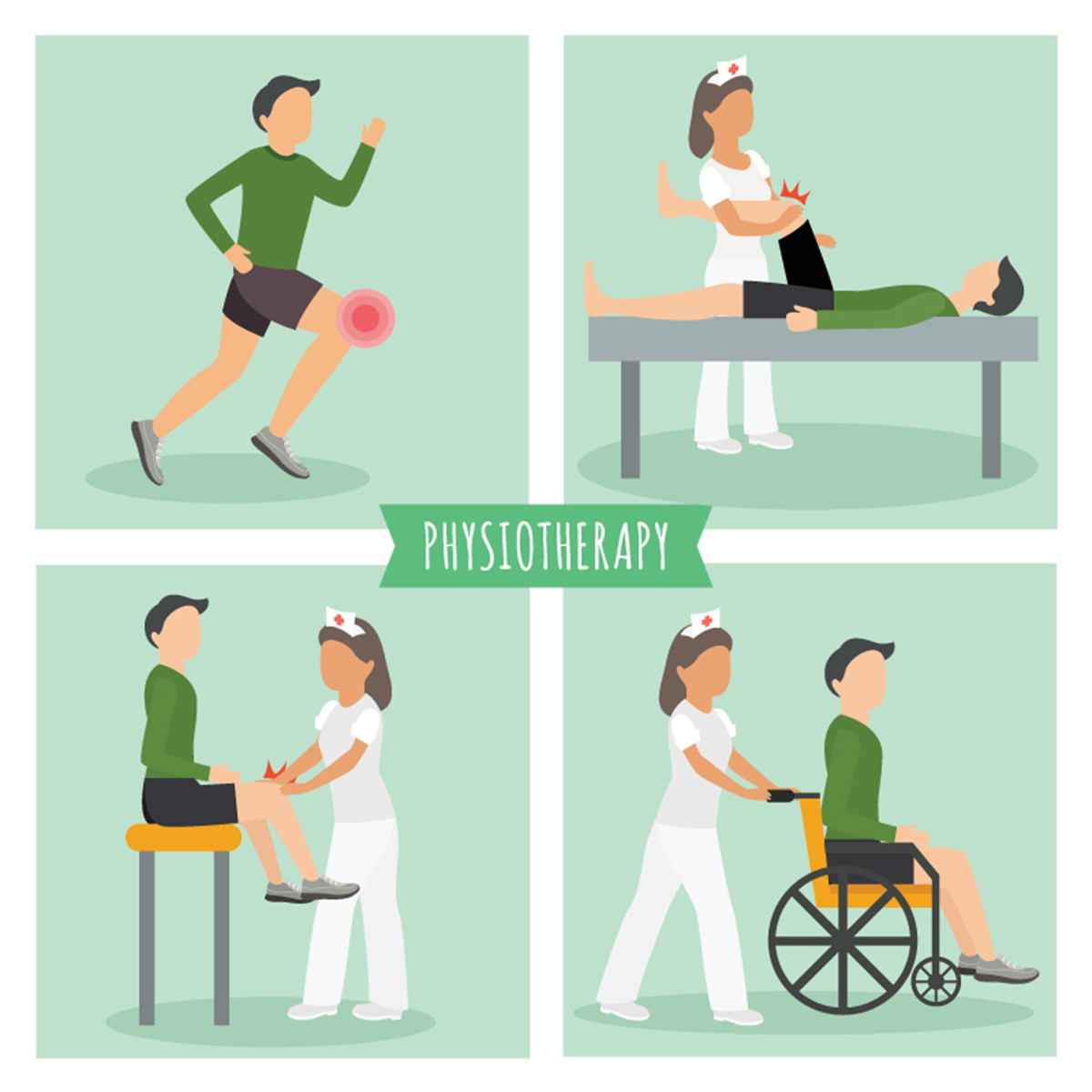Table of Contents
At first glance it may seem like a simple solution. Either reduce the amount of work, the amount of intensity or weight, or improve technique.
In terms of reducing or managing the amount of work done, so workload is lower when workers are tired and higher when they are more able, there has been research showing this to be very effective. So workload management can, and should, be implemented to some extent.

But, for most of the mentioned professions, particularly athletes and the military, consistent workload management is impossible, as their job security, or even their safety, are influenced by their physical performance relative to their competition, such as another player or soldier. For other jobs this is impossible as their workload is not controlled by themselves but by their managers or superiors and the projects that dictate these workload have little room to change.
Reducing workload or intensity of the absolute amount of work done is not always viable
However, there are ways to reduce the relative intensity or volume of work, which is the amount of work that's done relative to the amount of work the person could do.
If someone's work capacity is improved by improving their strength, endurance capabilities, or both, the relative demand of their workload becomes less, and injury risk is reduced.
These points have been backed by a significant amount of research, which has shown that both a higher injury risk is associated with being generally unfit, overweight or having lower strength levels.
READ Static Holds For Injury Prevention
Likewise, injury prevention training has also been shown in research to substantially reduce injury, with strength training in particular showing the potential to reduce sprains and strains by up to two-thirds and cut overuse injuries in half.
However, not all training has an effect, with stretching showing no effect and tests like the Functional Movement Screen showing little benefit.
In terms of improving technique, generally this can be done through applying very general principles and improving general movements like running and lifting technique, and posture while sitting and moving.
Aside from this, occupation-specific technique should be taught and reviewed to ensure movement quality is kept high and injury risk is minimized.
The injury history of the individual should also be reviewed as this is one of the strongest predictors of future injury.
Conclusions and Recommendations
Whether it is in sport or general occupations, injury is both inconvenient for the injured employee and costly for the employer and the organization.
While some injuries, such as those that are contact-based, are unavoidable to a degree, the majority of injuries like muscle or tendon sprains, strains or overuse injuries can be prevented with physical training.
READ How To Warm Up Before Exercise And Avoid Injury: Do's And Don'ts
Injury risk can, therefore, be minimized by either the individual employee or the organization implementing the following protocols:
-
Manage workload whenever possible so load is reduced when workers are fatigued
-
Incorporate strength and endurance training.
-
Manage body weight and body fat, incorporating weight loss programs when necessary.
-
Include general movement training to improve running, heavy lifting, landing and agility technique
-
Constantly review, update and implement job-specific movement technique.
-
If an employer, screen new employees for past injuries.
- 1. Cumps, E., Verhagen, E., Annemans, L., & Meeusen, R. (2008). Injury rate and socioeconomic costs resulting from sports injuries in Flanders: data derived from sports insurance statistics 2003. British journal of sports medicine, 42(9), 767-772.
- 2. Dvorak, J., & Junge, A. (2000). Football injuries and physical symptoms a review of the literature. The American Journal of Sports Medicine, 28(suppl 5), S-3.
- 3. Gabbe, B. J., Bennell, K. L., Finch, C. F., Wajswelner, H., & Orchard, J. W. (2006). Predictors of hamstring injury at the elite level of Australian football. Scandinavian journal of medicine & science in sports, 16(1), 7-13.
- 4. Gabbett, T. J. (2016). The training—injury prevention paradox: should athletes be training smarter and harder?. British journal of sports medicine, 50(5), 273-280.
- 5. Hudson, R. (2009) - How economists tackle sports injury, available at: www.ft.com/content/b2ad8488-a323-11de-ba74-00144feabdc0
- 6. Lauersen, J. B., Bertelsen, D. M., & Andersen, L. B. (2014). The effectiveness of exercise interventions to prevent sports injuries: a systematic review and meta-analysis of randomised controlled trials. British journal of sports medicine, 48(11), 871-877.
- 7. Leigh, J. (2011). Economic burden of occupational injury and illness in the United States. Milbank Quarterly, 89(4), 728-772.
- 8. Mueller, M. J., & Maluf, K. S. (2002). Tissue adaptation to physical stress: a proposed “Physical Stress Theory” to guide physical therapist practice, education, and research. Physical therapy, 82(4), 383-403.
- 9. National Institute Of Standards And Technology. "Billions In Cost Estimated For Firefighter Injuries." ScienceDaily. ScienceDaily, 12 April 2005.
- 10. Orchard, J., Marsden, J., Lord, S., & Garlick, D. (1997). Preseason hamstring muscle weakness associated with hamstring muscle injury in Australian footballers. The American Journal of Sports Medicine, 25(1), 81-85.
- 11. Pollack, K. M., & Cheskin, L. J. (2007). Obesity and workplace traumatic injury: does the science support the link?. Injury prevention, 13(5), 297-302.
- 12. Poston, W. S., Jitnarin, N., Haddock, C. K., Jahnke, S. A., & Tuley, B. C. (2011). Obesity and Injury‐Related Absenteeism in a Population‐Based Firefighter Cohort. Obesity, 19(10), 2076-2081.
- 13. United States Consumer Product Safety Commission, National Electronic Injury Surveillance System, 2011, 2012, 2013, 2014, 2015, https://www.cpsc.gov/Research--Statistics/NEISS-Injury-Data, accessed: October 15th, 2016
- Photo courtesy of freepik.com
- Photo courtesy of freepik.com


Your thoughts on this